-
DateCategoryETS BriefsCover Image
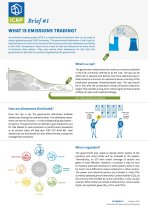
 © ICAP
© ICAP -
DateCategoryETS BriefsCover Image
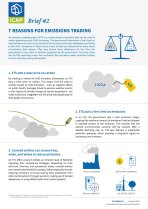
 © ICAPDateCategoryETS Briefs
© ICAPDateCategoryETS Briefs7 Reasons for Emissions Trading (Brief 2)
Learn moreTeaser + metatagsEmissions trading systems operate across five continents. From how an ETS sets a clear price on carbon, how it can suit various economic and political contexts, as a source of revenues and additional benefits, understand just what makes emissions trading such an attractive policy instrument.
-
DateCategoryETS BriefsCover Image
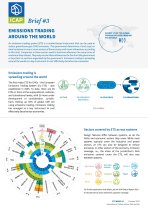
 © ICAPDateCategoryETS Briefs
© ICAPDateCategoryETS BriefsEmissions Trading around the World (Brief 3)
Learn moreTeaser + metatagsEmissions trading is spreading around the world as a key instrument to cost effectively decarbonize economies. What kinds of sectors are covered? How do systems around the world differ from each other? How have systems matured over time? Understand the dynamism and resilience of ETS.
-
DateCategoryETS BriefsCover Image
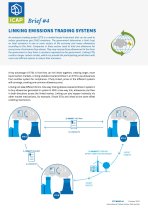
 © ICAPDateCategoryETS Briefs
© ICAPDateCategoryETS BriefsLinking Emissions Trading Systems (Brief 4)
Learn moreTeaser + metatagsLearn how linking emissions trading systems creates a larger carbon market, which can provide the participating jurisdictions with more cost-efficient options to reduce their emissions. Understand the different types of linking, why jurisdictions might link their systems, and the links in place around the world.
-
DateCategoryETS BriefsCover Image
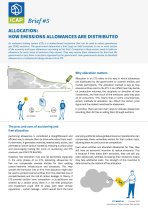
 © ICAPDateCategoryETS Briefs
© ICAPDateCategoryETS BriefsAllocation: How Emissions Allowances are Distributed (Brief 5)
Learn moreTeaser + metatagsIn an ETS, covered entities may receive allowances for free from the government or buy them in auctions. Learn about how governments decide to distribute allowances, why allocation matters, the pros and cons of each allocation method, how free allocation can work, and the approaches taken by systems around the world.
-
DateCategoryETS BriefsCover Image

 © ICAPDateCategoryETS Briefs
© ICAPDateCategoryETS BriefsUse of Revenues from Emissions Trading (Brief 6)
Learn moreTeaser + metatagsAuctioning allowances in an emissions trading system generates revenues that can be used for various purposes. Learn how much jurisdictions receive in revenues, and the different ways it can be used – from supporting disadvantaged groups, funding further climate action, or contributing to the public budget.
-
DateCategoryETS BriefsCover Image
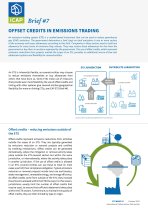
 © ICAPDateCategoryETS Briefs
© ICAPDateCategoryETS BriefsOffset Credits in Emissions Trading (Brief 7)
Learn moreTeaser + metatagsUnderstand how the use of offset credits, which represent emissions reductions from projects outside the scope of an ETS, provides an additional source of low-cost abatement options and flexibility for covered entities, issues of environmental integrity, and approaches taken by systems around the world.
-
DateCategoryETS BriefsCover Image
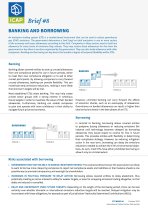
 © ICAPDateCategoryETS Briefs
© ICAPDateCategoryETS BriefsBanking and Borrowing (Brief 8)
Learn moreTeaser + metatagsBanking and borrowing are key levers that enable a degree of temporal flexibility within emissions trading system. Understand how they work, risks associated with each and restrictions that may be imposed, and which jurisdictions allow either mechanism.
-
DateCategoryETS BriefsCover Image
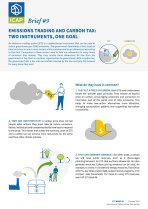
 © ICAPDateCategoryETS Briefs
© ICAPDateCategoryETS BriefsEmission Trading and Carbon Tax: Two Instruments, One Goal (Brief 9)
Learn moreTeaser + metatagsETS works by capping the total emissions allowed within the system. With a carbon tax, the government sets a tax rate and entities covered by the tax must pay this amount for every tonne they emit. Understand what these carbon pricing instruments have in common, how they differ, and which contexts might suit one over the other.
ETS Briefs
The ETS Briefs provide a concise overview of the core concepts and mechanisms of emissions trading. They are available to download in English, Chinese, French, Spanish, and Russian.
